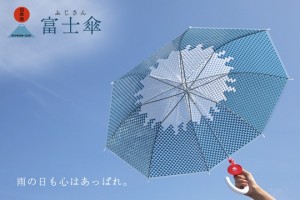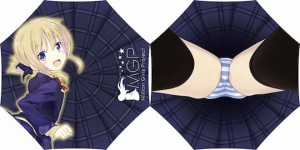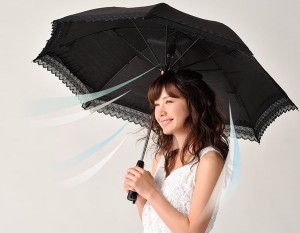The word “monsoon” is hardly ever used in Japan; the Japanese prefer for their rainy season the more poetic “tsuyu.” which means “plum rain” and actually comes from an 8th-century Chinese poem about late May and how the plums ripen and rains fall. The truth is that at least in 21st-century Japan, tsuyu comes a little later — i.e., from early June in Tokyo — and goes on for about a month and, despite the poetic overtones bringing to mind tea masters preparing a cup of frothy matcha green tea in a tiny tea-hut in the countryside, it is a real pain. Not as bad as what follows it — the heat-and-humidity of sweltering July and August — but quite bad nonetheless.
The problem with tsuyu is that it’s raining constantly, often for days in a row. The rain is not always the same and here is where the Japanese language comes in handy with its wide rain-related vocabulary: the gentle “harusame” (“rain of spring”), the “naga-ame” (“long rain”) that seems to go on forever, the “ohoh-ame” rain that is big and strong and can often be part of a “taifu” (typhoon), and a few other terms that all help you describe what is happening during the season. Or to have something to small-talk about when taking out the trash: one of the first linguistic skills you develop in Japan is learning to discuss the weather.
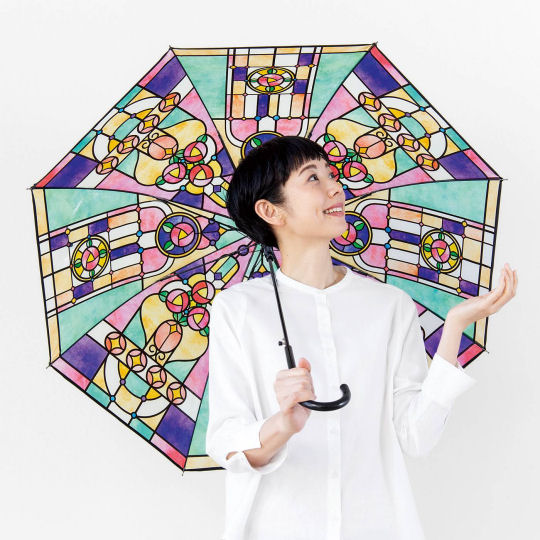
Truth be told, and to be fair to the poets of old, the tsuyu does bring some melancholic feelings and since melancholy goes hand-in-hand with nostalgia for times gone by, and because the first obvious weapon against any kind of rain is a good umbrella, how about combining all the above in the Stained Glass Umbrella, available globally from Japan Trend Shop? Besides having a great stained-glass design that could have very well been taken from a 1920s Ginza café that brought the latest Paris fashions to Tokyo, it also checks the box for see-through vinyl that has become a veritable trademark of Japan – just watch any video of Tokyo.
Of course, the umbrella is just the beginning. You will definitely need a poncho or raincoat, a pair of rain boots (for those ohoh-ame days), a small towel, a waterproof cover for your backpack or bag (this is an absolute must in these days when we all carry around at least a couple of electronic devices), and a pack of wet wipes. Yes, having something wet always with you sounds counter-intuitive but keep in mind that this is summer we are talking about, so heat starts creeping in and there’s nothing creepier than mushi-atsui — i.e., heat and humidity. As you realize right after tsuyu is over.
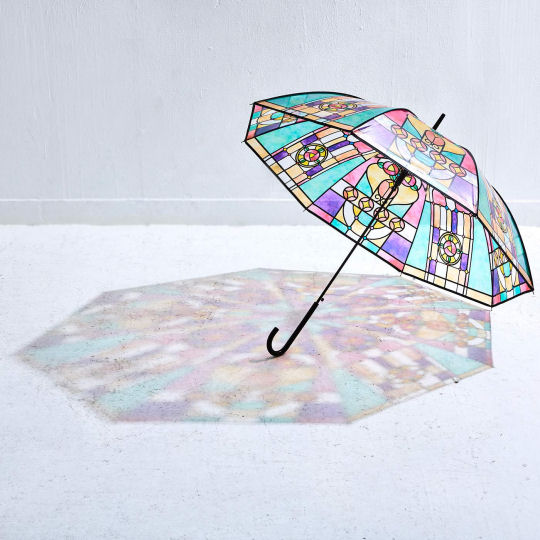
Japan is well-prepared for tsuyu: its people have been living with it for centuries and even though for life in the cities it can be a nuisance, it won’t kill you; the typhoons that follow the mushi-atsui at around August will, though, so more serious preparation is needed for those! Roads and sidewalks are not slippery, all shops offer disposable umbrella bags at their entrances, stairways in the stations all have anti-slipping strips, and many neighborhood shopping streets have covered pavements or are arcades allowing you to do your shopping, have lunch or dinner, and then a cup of coffee or a drink, all while staying completely dry!
Still, if you are not from the UK or the US’s Pacific Northwest, going through a month of rain isn’t always pleasant, even if the rain, as often happens in tsuyu, is of the “enu” type, which is more like a spray (you might even say it is like thin mist) than actual water falling from above. Gray skies are a downer for most people, walking around with an umbrella (even a beautiful one like the Stained Glass Umbrella!) can be a little challenging in cities as crowded as Japan’s, the Japanese habit of constantly pointing out that their country has four seasons, when obviously the tsuyu doesn’t fit anyone’s description of either spring or summer — all this can become a little annoying.
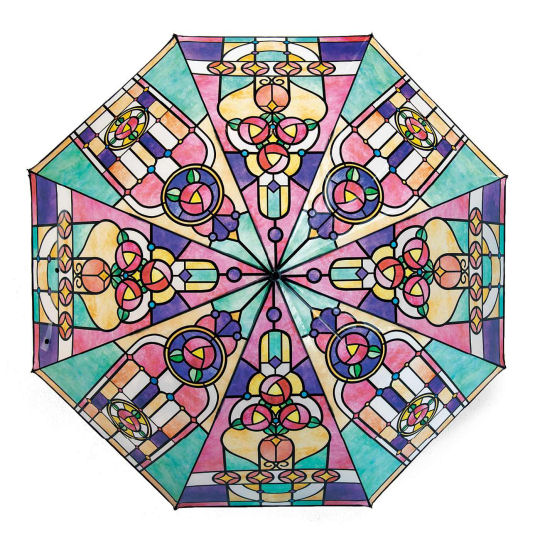
But it is the weather so, like the national slogan goes “shoganai” — i.e., you can’t do anything about it other than prepare as best as you can and dive in – which is sometimes more literal than you think. Perhaps because they have been dealing with it ever since they were built, Japanese cities actually look good in the rain and more than a few people have even discovered their photography, poetry, or painting skills thanks to tsuyu. A small Shinto shrine in an out-of-the-way neighborhood, perhaps in a small park, if you catch it when the sun goes down during the tsuyu, becomes like something out of a fairy tale and brings out artistic sensibilities you didn’t know you had!

